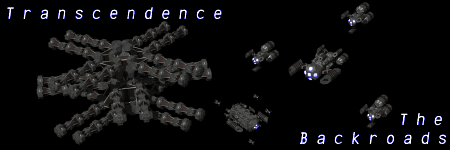
Before Cassini arrived at Saturn, we knew of 43 moons that circle the gas giant and its rings. Since the the spacecraft began its investigation of the Saturn system, in 2004, that number has jumped to a total of 62 confirmed moons, and 2 more that are unconfirmed. Cassini itself is credited with finding 7 of those moons, plus four tiny moonlets in the planet's A ring, and both of the unconfirmed moons.
As Cassini pulled into orbit around Saturn, it detached a small probe by the name of Huygens, which plunged into the atmosphere of Titan, deployed a parachute and settled down onto Titan's surface to give us our first views from this frigid, hydrocarbon moon.

The Cassini-Huygens mission is a cooperative project of NASA, ESA (European Space Agency) and the Italian Space Agency. NASA's Jet Propulsion Laboratory in Pasadena, California, manages the mission for the agency's Science Mission Directorate in Washington. The Cassini imaging operations center is based at the Space Science Institute in Boulder, Colorado. Caltech in Pasadena manages JPL for NASA.
For more information about Cassini, visit:
http://www.nasa.gov/cassini
and
http://saturn.jpl.nasa.gov
https://www.nasa.gov/feature/jpl/cassin ... milestones


